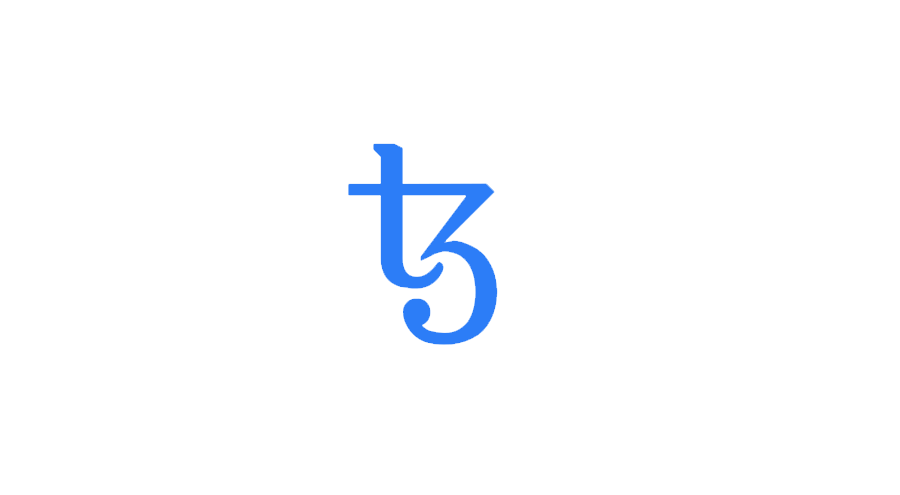
What is Staking?
All you need to know about staking;
What is Staking?
Staking in a Proof-of-Stake (PoS) Consensus based network is the process of locking up your tokens to support the network, which allows you to earn more tokens in return. In layman terms, it is similar to a fixed deposit. By holding
coins in your wallet, you are rewarded for supporting the network and by being able to validate transactions in the network and contributing to the backbone of decentralization. Validators are rewarded with a fee. Being a validator
is important as locking up your tokens supports the network and provides investors an opportunity to use the tokens to become a validator or bond to a block validator and earn returns on their investments (Yield).
Is locking your tokens necessary?
Locking up tokens within smart contracts is necessary when staking on a network. This is done through interacting with a smart contract through a client that interfaces with the network, allowing us to execute commands.
This will earn you the right to validate transactions, forge blocks and earn fees. It is also another way to bond to another node as some networks allow us to delegate our stake to someone else’s node.
What projects are focusing on staking presently?
Staking is available to anyone who has ownership of a PoS based token and can stake or bond to a node that is staking. Some of the Proof-of-stake networks are but not limited to: (a)Cosmos, (b)Dash, (c)Polkadot, (d)Qtum,
(e)Tezos, (f)Peercoin and some of the Delegated Proof-of-Stake networks are but not limited to: (a)Lisk, (b)Ark, (c)Rise, (d)Oxycoin, (e)Shift, (f)Blockpool.
PoS networks / protocols are growing at a rapid rhythm, it is projected that $60 billion of cryptocurrency will be stakeable by the end of 2019. Protocols are choosing PoS consensus as they are energy efficient, reduce
the risk of a 51% attack by a monopolistic miner, the nature of staked based foments participation in the network and makes attacks very costly. A significant number of top 20 protocols are using Staking Vs Mining mechanism.
Proof of Stake in 2020 - What projects to look out for?



